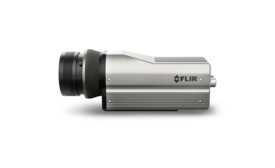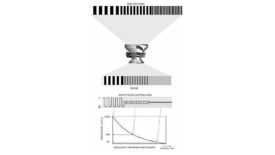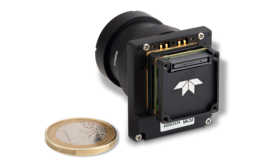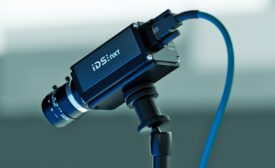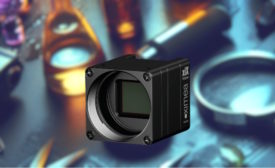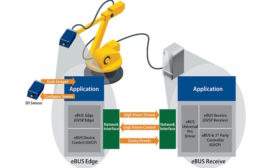Home » machine vision
Articles Tagged with ''machine vision''
Vision & Sensors | Standards
Today’s GigE Vision Standard and a Look Ahead to GigE Vision 3.0
GigE Vision has been widely adopted in various machine vision applications, including manufacturing, robotics, traffic surveillance, medical imaging, and more.
April 30, 2024
Vision & Sensors | Automation
What is Trustworthy AI for Quality Control?
Quality control in manufacturing relies on automation – and people.
April 30, 2024
Vision & Sensors | AI
Smart Support: Artificial Intelligence in Metrology
Optical measurement technology is far ahead of tactile technology when it comes to AI applications.
April 26, 2024
Vision & Sensors | Machine Vision 101
Key Considerations When Selecting a Machine Vision Lens
There are 10+ considerations. Understand each and how they impact application performance.
April 25, 2024
New Product
Teledyne MicroCalibir Long Wave Infrared Compact Thermal Camera Core
April 24, 2024
Stay in the know with Quality’s comprehensive coverage of
the manufacturing and metrology industries.
eNewsletter | Website | eMagazine
JOIN TODAY!Copyright ©2024. All Rights Reserved BNP Media.
Design, CMS, Hosting & Web Development :: ePublishing
